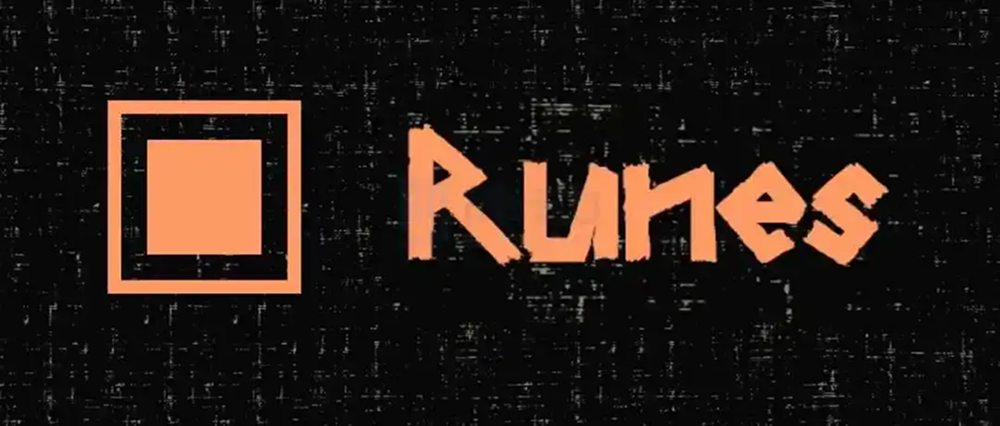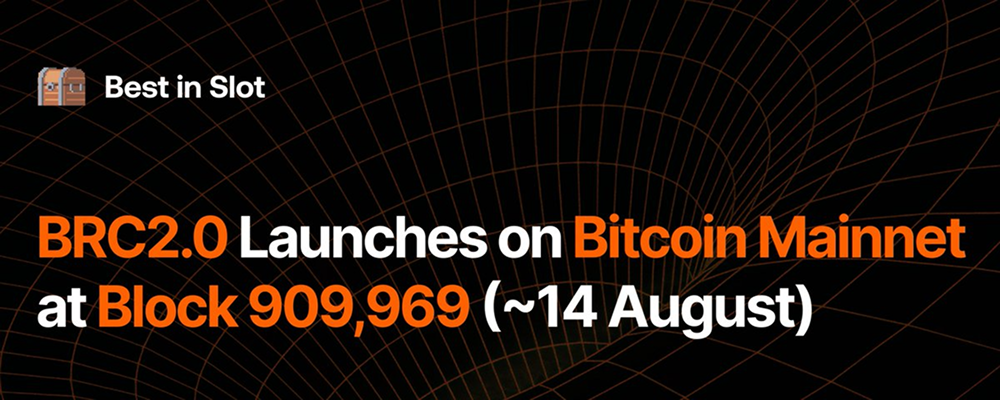According to the latest report from The Block, Bitcoin network transaction activity has fallen to its lowest level in 18 months, with the 7-day moving average transaction volume reaching 316,000 last week, a drop of over 50% from the peak of 700,000 daily transactions in mid-2024.
Although recent transaction volumes have slightly rebounded to around 350,000, this figure is still far below market expectations, reflecting a significant cooling in the activity of the Bitcoin on-chain ecosystem.
Runes and Ordinals: From Hype to Silence
The sharp decline in transaction volume is largely attributed to the fading hype surrounding Bitcoin's native protocols, Runes and Ordinals. In the spring of 2024, these two protocols ignited market enthusiasm, leveraging the unique mechanisms of the Bitcoin blockchain to inject decentralized application (DeFi) and non-fungible token (NFT) functionalities similar to those on Ethereum.
The Ordinals protocol sparked an NFT craze by assigning unique serial numbers to the smallest unit of Bitcoin, "Satoshi," allowing for data embedding in the form of inscriptions; meanwhile, the Runes protocol, based on the UTXO model, aimed to optimize the issuance of fungible tokens, attempting to replace the BRC-20 standard and become the "new favorite" for issuing native Bitcoin assets.

When the Runes protocol launched in April 2024, its transaction share once reached as high as 68% of the Bitcoin network, with on-chain transaction fees soaring to 1,000 sats/vB, significantly boosting miner income. However, this good fortune was short-lived, as Runes' complex distribution mechanism and inadequate user experience led to a rapid decline in its popularity, with current daily usage dropping to just 10,000, nearly a 99% plunge from its peak.
Ordinals' transaction activity also saw a significant contraction, with on-chain data showing that the trading volume of BRC-20 and Runes-related tokens has only shown slight stabilization after months of decline, far from regaining its former glory.
Why Did the Hype Fade?
The silence surrounding Bitcoin's native protocols is due to both technical constraints and a shift in market sentiment.
The designs of Runes and Ordinals failed to fully address the efficiency issues of the Bitcoin network. While Runes optimized the UTXO bloat problem of BRC-20, its complex symbol allocation mechanism and lack of anti-sybil design led to early high-quality symbols being quickly occupied, resulting in high participation costs for retail investors and draining market enthusiasm. Ordinals, on the other hand, caused network congestion due to inscription transactions, leading to high gas fees and poor user experience, which limited its widespread adoption.
Additionally, the fragmentation of protocols within the Bitcoin ecosystem further weakened its competitiveness. Runes, BRC-20, Ordinals, and even the emerging BRC-2.0 standards are competing independently, splitting liquidity and user attention, making it difficult to form a unified network effect.
In contrast, blockchain ecosystems like Ethereum and Solana, with their mature smart contracts and developer communities, offer more efficient DeFi and NFT solutions, attracting significant speculative capital and user migration.
Moreover, the prevailing market sentiment has exacerbated the ecosystem's predicament. The inscription craze in the spring of 2024 led to a surge in tokens like ORDI and SATS, but subsequent corrections of over 90% in valuations shifted investor sentiment from exuberance to caution. Discussions about Runes and Ordinals on social media have shifted from bullish to indifferent, with a significant decline in community cohesion.
Structural Challenges for the Bitcoin Network
The sluggish transaction activity in the Bitcoin network reflects the structural challenges it faces in expanding beyond its role as "digital gold." Bitcoin's design for decentralization and security makes it unmatched as a store of value, but its block size limitations and transaction throughput bottlenecks hinder its ability to support high-frequency DeFi or NFT activities.
Although the Ordinals craze in 2024 briefly drove up transaction fees, accounting for over 20% of miner income, this was more a short-term phenomenon driven by speculation rather than sustainable ecosystem growth.
At the same time, internal disputes within the Bitcoin community regarding native protocols have not subsided. Some core developers believe that the surge in inscriptions and protocols like Runes resembles a "spam" attack, occupying valuable block space and threatening network security.
At the end of 2023, Bitcoin Core developer Luke Dashjr submitted a patch to limit inscription transactions, sparking intense debate within the community. Although strict limitations were not subsequently implemented, this incident highlighted the difficulty Bitcoin faces in balancing innovation and security.
Future Outlook: Where is the Dawn?
Despite the current lull in Bitcoin on-chain activity, the market is not without hope. CryptoQuant analysts point out that the significant increase in long-term accumulation addresses historically often signals a rise in Bitcoin prices, reflecting investors' continued confidence in it as a store of value. Additionally, the upcoming launch of the BRC-2.0 protocol, which promises to introduce smart contract functionality, may inject new vitality into the Bitcoin ecosystem. However, its actual impact remains to be seen, as past protocols' "flash-in-the-pan" nature has kept the market cautious.

For Runes and Ordinals, future recovery will depend on the following conditions:
- Technical optimization to enhance user experience and transaction efficiency;
- Community integration to reduce protocol fragmentation and create a stronger network effect;
- External catalysts, such as favorable policies or the return of market hotspots. Recently, U.S. President Trump signed an executive order on strategic Bitcoin reserves, and BlackRock suggested investors allocate 2% of their assets to Bitcoin, both of which have boosted market sentiment. However, these positives primarily affect price levels, and whether they can directly stimulate the on-chain ecosystem remains uncertain.
In Conclusion
The decline in Bitcoin network transaction volume to an 18-month low and the retreat of the Runes and Ordinals hype reveal the challenging exploration of its ecosystem expansion. Bitcoin's status as "digital gold" remains unshakable, but to carve out a share in the DeFi and NFT sectors, it must overcome numerous technical and community barriers.
The current market downturn may be a necessary path for the ecosystem's survival of the fittest. Only through grounded technological breakthroughs and the rebuilding of community consensus can the Bitcoin on-chain ecosystem truly experience a revival. Investors and developers need to remain patient and await the next "supernova" explosion.
免责声明:本文章仅代表作者个人观点,不代表本平台的立场和观点。本文章仅供信息分享,不构成对任何人的任何投资建议。用户与作者之间的任何争议,与本平台无关。如网页中刊载的文章或图片涉及侵权,请提供相关的权利证明和身份证明发送邮件到support@aicoin.com,本平台相关工作人员将会进行核查。




